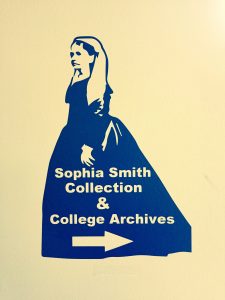The following materials were used to create this toolkit, outside of the archival records:
- Nancy Robertson’s book Christian Sisterhood, Race Relations and the YWCA 1906-1946 as well as Nina Mjagkij and Margaret Spratt’s book Men and Women Adrift: The YMCA and the YWCA in the City, both serve as good books to learn about the history of the YWCA and its relationship to race.
- Vanessa May’s Unprotected Labor: Household Workers, Politics, and Middle-Class Reform in New York 1870-1940 focuses on the YWCA’s work with domestic workers in several sections of the book. This is a good resource to learn the history of the organization and see the beginning stages of their engagement in domestic work. See pages 10, 76-80, 124-171.
- Phyllis Palmer’s Domesticity and Dirt: Housewives and Domestic Servants in the United States, 1920-1945 also serves as a good reference. It is more focused on the NCHE and its creation. It gives lots of details on the formation of the first conference in 1928 and provides context for looking at box 494 in the SSC. See pages 112-125.
- Premilla Nadasen’s Household Workers Unite: The Untold Story of African American Who Built a Movement has historical information about the NCHE. It is mostly focused on the second leg of the organization in the 1960s when the organization shifted to support domestic workers more fully. It focuses on a different time period than the SSC collection, but serves as a good resource for further research into the NCHE. See pages 58-81.
- This is a helpful, short article that has a timeline of the YWCA history: https://www.thebalance.com/the-history-and-impact-of-the-ywca-on-women-s-rights-3515999
- This is a resources put out by the YWCA website that also has a timeline of their work: http://www.ywca.org/site/c.cuIRJ7NTKrLaG/b.7515891/k.C524/History.htm

